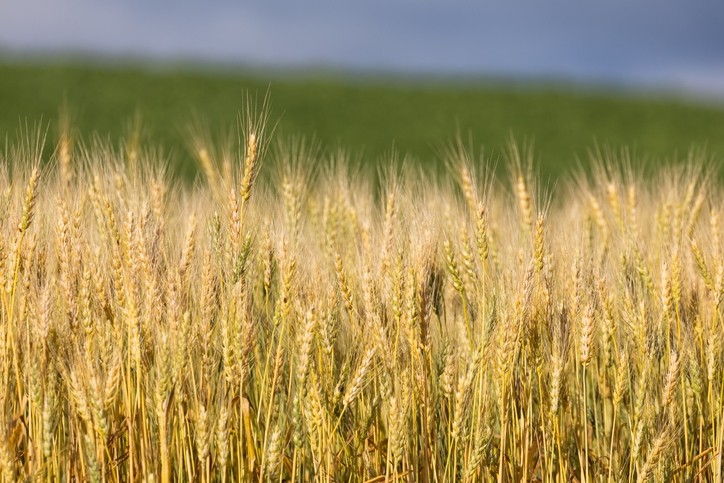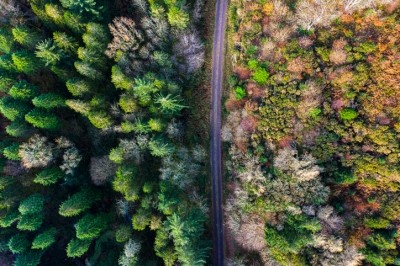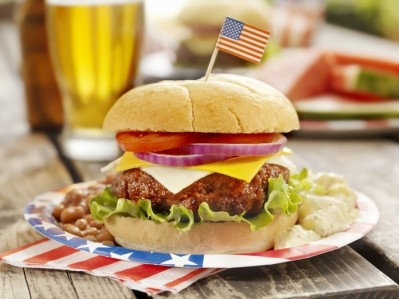Scientists tap into barley ‘time machine’ to help adapt the grain to climate change

Barley is grown globally: from Asia to Egypt to Norway and the Andes in South America. It’s been one of the most important cereal crops for at least 12,000 years. As it has spread across the globe, random changes to its DNA has allowed it to thrive in each new location.
But – as with many grains – the genetic diversity of barley has been narrowed severely over decades and the grain is now susceptible to climate change.
As the threat of climate change grows ever stronger, researchers are now trying to identify the barley genes that have changed to predict which varieties will grow well in places that now suffer from hotter temperatures, longer droughts and more severe storms.
Going back in time
In 1929, the Barley Composite Cross II experiment was founded in order to discover new barley varieties for the California market. It’s now one of the world’s oldest biological experiments.
Breeders competed thousands of genetically distinct types of barley against one another across several decades. The barley that grew best in the hot, dry California climate became more frequent over time.
This experiment was about optimizing the best barley for the local environment: taking varieties from all over the world and finding out what worked best in California.
In fact, across the 58 growing seasons, the field went from 15,000 genetically individual plants to a single plant lineage dominating 60% of the population. And that was without any selection from human beings.
Of course, the scientist who started the experiment did not have the ability to pinpoint the genes that made barley successful and high yielding.
But now Dan Koenig, a University of California Riverside geneticist, and his team have realized that this experiment offers a ‘time machine’ to use today’s technology on yesterday’s data – and observe the process of adaptation and identify the genes that enabled survival. They have been able to study tens of millions of genetic changes in a laboratory.
These genes that contribute to barley’s adaptability are now described in Koenig’s study, published in the journal Science.
These identified genes are the ones that help barley time its reproductive processes to the most optimal parts of the breeding season.
Barley must flower during a narrow window in order to produce the maximum amount of seeds. Too early, and flowers will be exposed to damaging frost. But too late, and flowers won’t have enough water in the dry season.
The research team is planning additional studies to examine long-term experimental data from different climates, to understand how the timing of flowering may be tuned differently.
The coffee genome
Coffee giant Nestle is also looking at plant genomes to find more climate-resilient plants.
Coffee is highly susceptible to changes in climate, and also has low genetic diversity creating susceptibility to pests and diseases.
In producing a Arabica reference genome, scientists can understand how the species has developed and the traits that could offer resilience to disease or drought, better yields, or even better flavors and aromas.
Widespread learnings
Because barley is genetically similar to wheat, rice, and corn, insights into how it survives in such diverse environments could also help other grains adapt to climate extremes.
Modern technology like genome engineering and CRISPR could also allow researchers to engineer other crops that flower at specific, more advantageous times.
Source: Natural selection drives emergent genetic homogeneity in a century-scale experiment with barley, Science, 2024. https://www.science.org/doi/10.1126/science.adl0038












